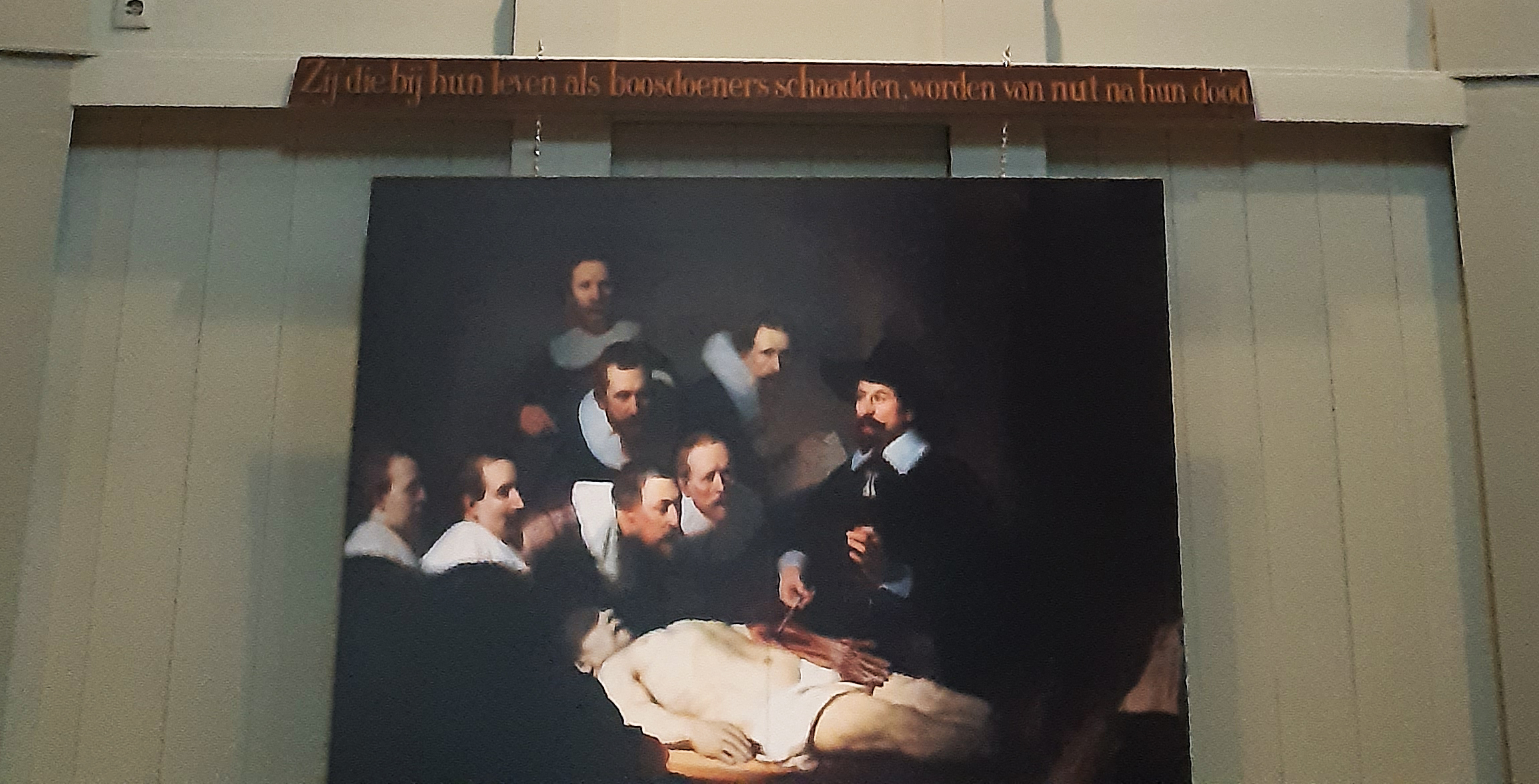Hybrid Lab Network’s 2nd LTTA (Learning Teaching and Training Activity), from 5 to 10 of November 2020, will revisit Return to Dilmun, a work of art made by Günter Seyfried, Roland van Dierendonck, Federico Mufatto and Hansjörg Petschko.
Open call for Hybrid Lab LTTA 1
HYBRID LAB NETWORK LTTA1
Learning and teaching Biotech:
Applying a STEAM approach and designing STEAM modules









